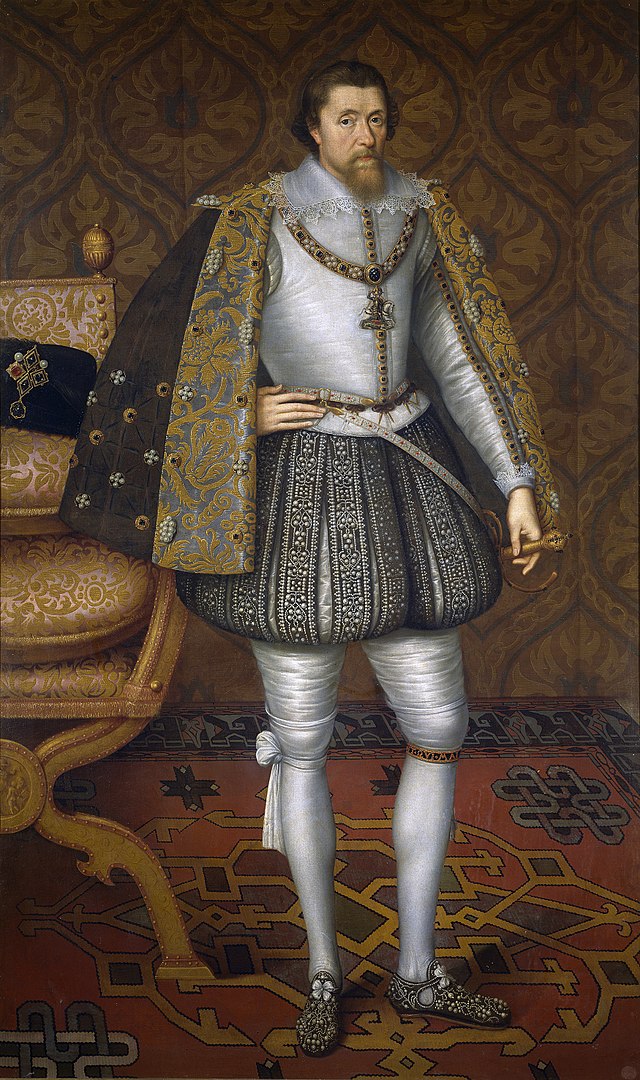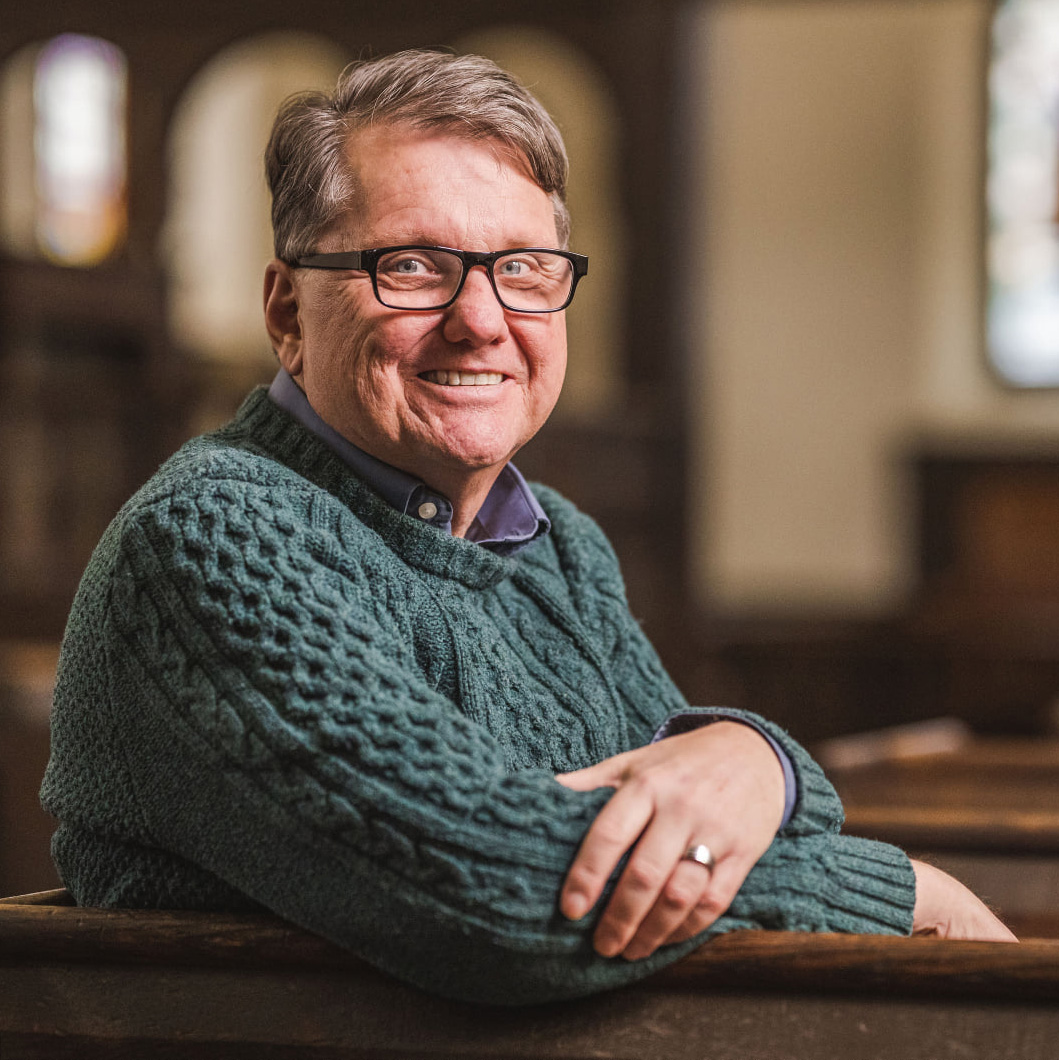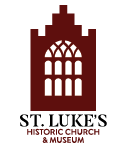The so-called “King James Version” of the Bible was meant to unify a fragmented church under their new King James I (also James VI of Scotland). James was equally disturbed by those on both sides between recusant Catholics and Puritans who were calling for deeper reforms in the Church of England. At the Hampton Conference of 1604, James made clear that he had no intention of caving to Puritan demands of eliminating Bishops nor other reforms espoused in the Puritan produced Millenary Petition, famously quipping; “no Bishops, no King!”¹. To Puritan leaders such as the President of Corpus Christi College, Oxford, John Rainolds (or Reynolds), the Conference must have been a disappointment. There was, however, still hope that a pressing issue could bring the disparate parties together: the creation of a new translation of the Bible.
There were certainly a plethora of English translations by 1604. William Tyndale’s Bible of 1526 was never completed but a version from Myles Coverdale was by 1535. There was also the Great Bible of 1539, the first version authorized by the King, then Henry VIII. During the reign of Queen Mary, when England was restored to Catholicism, English Puritans in exile at Geneva produced what became known as the Geneva Bible in 1560. When Elizabeth I came to the throne a new Bishop’s Bible was produced in 1568. These were among the more than fifty translations prior to the 1611 King James Version. Puritans hated the Bishop’s Bible and King James hated the notes in the margins of the Geneva Bible, so perhaps a new translation would bridge the divide amongst the faithful in England.
47 scholars were appointed to translate from the Masoretic text of the Hebrew Bible, the Septuagint (Greek text) for the Apocrypha, and the Textus Receptus (Greek texts) and Latin Vulgate for the New Testament. The new translation was meant to be read in every church of the realm. While intended as a unifying effort, the Authorized version of the Bible became a highly political venture. The King needed uniformity, the people were clamoring for freedoms and deeper reform of the church. The result was nothing that they had hoped for and perhaps more than they could have imagined. The religious and political divides were not healed and would eventually engulf James I’s son in a series of Civil Wars that would end in regicide. Here in the Colonies, religious restrictions remained for the remainder of the century and into the next. But, the work would endure. The Authorized version would change the English language forever and inspire many of the faithful for generations into the present.
The odd thing about the highest selling book of all time is that those who translated it are unknown to the vast majority of church leaders. Their goal was not to disparage earlier translations but to take the best of all of them into this one version that would stand the test of time. It would also be the source of much controversy. For some it is the only translation that carries the weight of authority even though there have been many translations since that are arguably more discernible to the modern reader. The translation did not bridge the gap between high Anglicans and Puritans and certainly did nothing to alleviate the persecution of Roman Catholics and people of other faiths. Yet something about its history has become compelling even more than 400 years later. In 1611 Robert Barker, “Printer to His Most Excellent Majestie,” produced the first copies. A note to the readers by the Translators recognizes that there will be those who would greet the new translation with ‘cavil’ or unnecessary objections and that certainly was the case. They also give a tip of the cap to those who had labored over English translations prior to their exercise, showing respect for those works. While peace and unity did not materialize in its wake, it did change the way many English people spoke, wrote and imagined their faith.
While King James I, VI had little to nothing to do with the work that bears his name, he was the catalyst for its production. Furthermore, it was this same politically savvy mind that helped keep England out of the Thirty Years War and kept the dogs of war at bay until the decades following his death in 1625. His son and successor, King Charles I, did not share his fathers political acumen. Under his reign England would suffer the ravages of Civil War and a decade of the Commonwealth’s failure to secure the freedoms of the people. Yet despite these future failings of the monarchy, King James I helped usher in the most influential work in the history of the English speaking peoples and for that we owe him a note of gratitude.
Footnotes: 1) King James I, Hampton Court Conference, January 1604
Sources: God’s Secretaries; The Making of the King James Bible, Adam Nicholson, HarperCollins e-books (October 13, 2009

Above: 1595 Geneva Bible – St. Luke’s Collections

Above: 1629 Hill-Hodsden Bible, Authorized Version.

Above: Notes from Translators to the Reader from Authorized Version of the King James Bible.

Above: A portrait of King James I/VI.
Enjoy this article? Please consider supporting St. Luke’s with a donation!

About the Author
John Ericson is the Education Coordinator and a Public Historian for St. Luke’s Historic Church & Museum. John holds a degree in History from Roanoke College and a Masters of Divinity from the Lutheran Theological Seminary at Gettysburg. In addition to John’s role at St. Luke’s, he is the Pastor of Reformation Lutheran Church in Newport News, Virginia. John is married to Oneita Jamerson Ericson, a native of Isle of Wight County, Virginia. They have three sons, Matthew, Thomas, and James, as well as two granddaughters, Carys and Lennon. The Ericsons currently reside in Hampton, Virginia. John has been teaching Reformation History and the Early American Religious Experience for more than thirty years.
